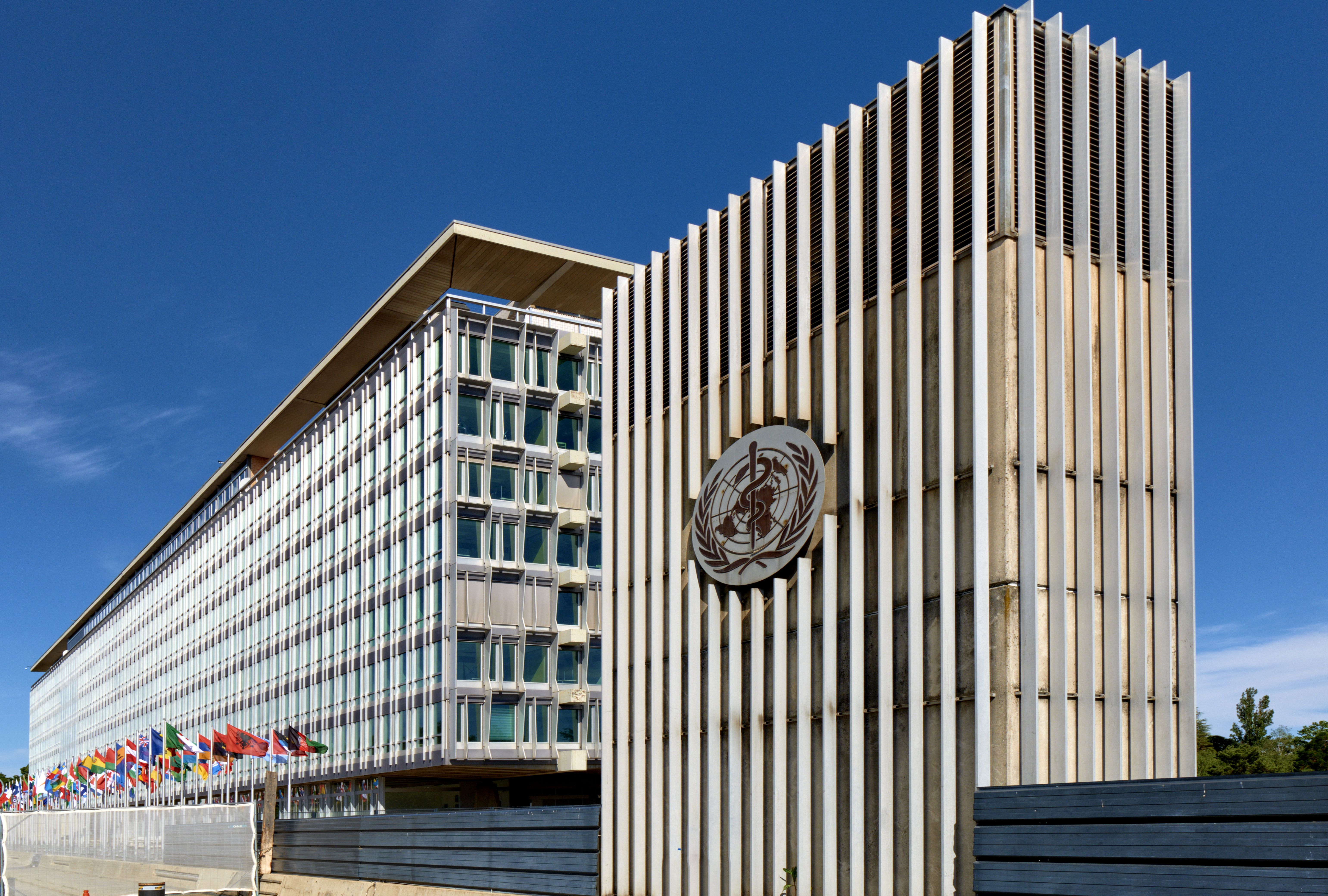Article
First Case of COVID-19 Reinfection Detected in the US
Author(s):
The United States has its first reported of coronavirus disease 2019 (COVID-19) reinfection, in a young male patient with no underlying immune conditions.
A young man in Nevada is the first reported case of coronavirus disease 2019 (COVID-19) reinfection in the United States and the fifth case of reinfection worldwide, according to a new case study published Monday. The second reinfection was more serious than the first, but he has since recovered.
Previously, there have been 4 other reinfection cases, including in Hong Kong, Belgium, the Netherlands, and Ecuador.
Besides the United States, Ecuador is the only other country to have a reinfection case that resulted in increased symptom severity during the patient’s second infection. In Hong Kong, Belgium, and the Netherlands, the reinfected patients did not have more severe symptoms.
The reinfection occurred in a 25-year old man who had no known immune disorders. After testing positive in April to SARS-CoV-2, the virus that causes COVID-19, and was mildly ill, he tested negative on 2 subsequent occasions. In June, he was hospitalized and retested as positive after experiencing severe COVID-19 symptoms, including fever, headache, dizziness, cough, nausea, and diarrhea. He also needed oxygen.
Mark Pandori, PhD, lead author of the study and director of the Nevada State Public Health Laboratory and associate professor of Pathology at the School of Medicine at the University of Nevada in Reno, said in a statement that the case study suggests that people who have previously tested positive for COVID-19 should continue to take serious precautions, including practicing social distancing, wearing face masks, and handwashing.
The genomes of the patient’s virus samples from April and June displayed significant genetic differences between them, suggesting that the patient was infected twice by 2 distinct COVID-19 infections.
Researchers suspected that the patient may have contracted the second infection from a parent whom they live with that also tested positive for the virus in June, but genomic sequencing has not yet confirmed this.
Researchers, writing in the Lancet Infectious Disease Journal, raised the concern that reinfection could affect the efficacy of emerging vaccines as the virus has the potential for genomic variations.
“If we have truly reported a case of reinfection, initial exposure to SARS-CoV-2 might not result in a level of immunity that is 100% protective for all individuals. With respect to vaccination, this understanding is established, with influenza regularly showing the challenges of effective vaccine design,” the researchers wrote.
In a comment on the study, Akiko Iwasaki, PhD, a professor of Immunobiology and Molecular, Cellular and Developmental Biology at Yale University, who was not part of the work, explained that although current research is able to detect differences in viral genome sequences, there is no evidence that a SARS-CoV-2 has emerged as a result of immune evasion, meaning that the current vaccines in development will likely provide protection against all circulating variants of the virus.
“As more cases of reinfection surface, the scientific community will have the opportunity to understand better the correlates of protection and how frequently natural infections with SARS-CoV-2 induce that level of immunity. This information is key to understanding which vaccines are capable of crossing that threshold to confer individual and herd immunity,” wrote Iwasaki.
The study authors offered 3 explanations for the patient’s worsened symptom severity, including that the second infection could have resulted from a higher dose of the virus than the first infection; the second infection was caused by a more virulent version of the virus; or that the previously developed antibodies could make a subsequent infection worse, which researchers have observed with the SARS-CoV betacoronavirus as well as other diseases, such as dengue fever.
Furthermore, the authors explained that there is a small possibility that the second infection resulted from some form of deactivation and reactivation. However, the authors said they doubted this hypothesis because the mutational rate of the virus needed for this to occur has presently not been observed.
Another alternative explanation would be a simultaneous co-infection of both viral strains. But the authors noted that this would mean that the second strain would have gone undetected in April, and conversely, the first strain would have needed to be depleted prior to the patient’s testing in June. This possibility also does not account for the genotype switch in the patient.
“We need more research to understand how long immunity may last for people exposed to SARS-CoV-2 and why some of these second infections, while rare, are presenting as more severe…So far, we’ve only seen a handful of reinfection cases, but that doesn’t mean there aren’t more, especially as many cases of COVID-19 are asymptomatic. Right now, we can only speculate about the cause of reinfection,” said Pandori in a statement.
Pandori also noted that the current lack of comprehensive genomic sequencing of COVID-19 cases, as well as the lack of screening and testing, limits the ability of researchers and public health officials to diagnose, monitor, and obtain genetic tracking for the virus.
Reference
Tillett RL, Sevinsky JR, Hartley PD, et al. Genomic evidence for reinfection with SARS-CoV-2: a case study. Lancet Infect Dis. Published online October 12 2020. doi: 10.1016/S1473-3099(20)30764-7.





